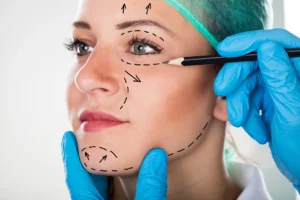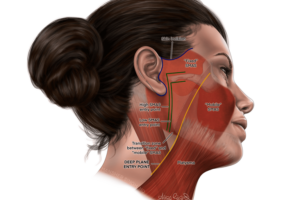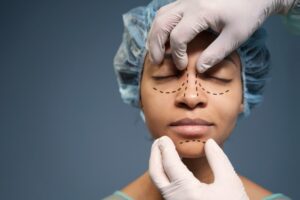Capsular contracture is the nemesis of Breast Augmentation and can cause discomfort to the patient. The best way to describe capsular contracture is to think of breast implants as foreign objects. When placed inside the breast pocket, the body reacts to it by forming a capsule around it. With time, the capsule can thicken and cause discomfort to the patient. It is graded from Baker Grade I – IV in increasing order of severity of discomfort. However, with appropriate techniques, the risk of capsular contracture can almost be completely minimized. So, what are some good practices to prevent the risk of capsular contracture.
There are multiple things during the surgery that minimize the risk of capsule formation. The two biggest enemies of capsule formation are bacteria/biofilm and blood. To minimize bacterial bioburden, a completely sterile field is quintessential. It begins with choosing your incision. I tend to avoid the peri areolar incision for this specific reason. While going through the areola, it is extremely likely to go through breast glands which can result in bacterial colonization and increase the risk of contracture.
I prefer IMF since it hides well and minimizes the risk of contracture. Also, using a no-touch technique for the implant, changing the gloves and irrigating the breast pocket with betadine before implant placement are some other key elements to minimize contracture. With regards to bleeding, one has to be very careful to achieve meticulous hemostasis to minimize contracture. Blunt dissection with fingers should be minimized for this specific reason. There are studies showing an increased incidence of contracture with sub glandular placement of implants when compared to sub-musclar implant placement.
That theory has recently been challenged, and I don’t think the sub glandular vs sub-muscular placement is as critical. Having said that, the majority of my breast augmentation cases are sub muscular or dual plane. However, I do not hesitate to go sub-glandular in the appropriate patient. With regards to post-operative interventions, Singulair has been anecdotally prescribed by many surgeons to minimize the risk of contracture. It does seem to help, but there is limited data in the literature regarding this.




